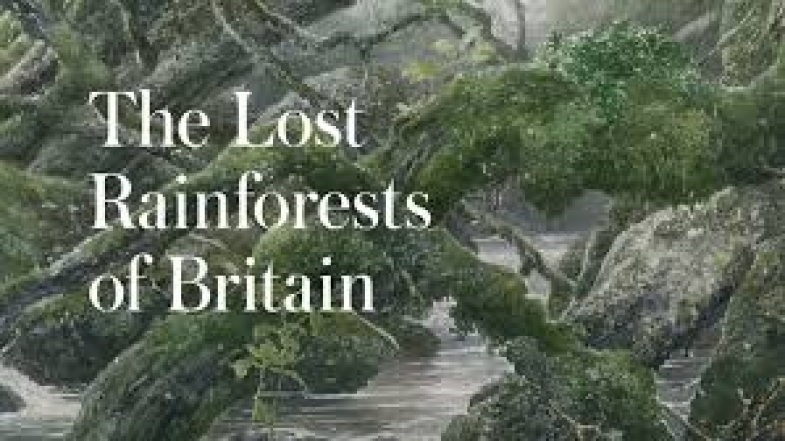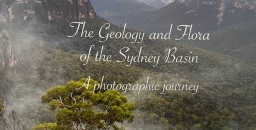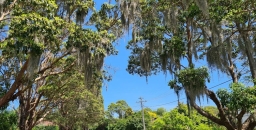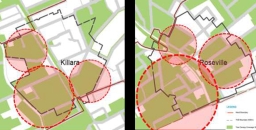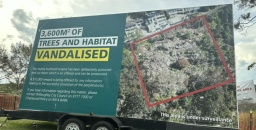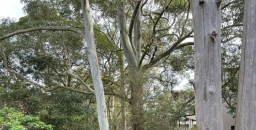Rainforests in Britain? Surely not! What have you been smoking? Well, please buy and read this book and blow your mind in other ways – on some astonishing facts collated by a sharp and inquisitive mind. This book will appeal especially to anybody with British or European links or interests, including ex-Poms like my wife and I who grew up in the manufactured English landscape and hardly thought otherwise that this wasn't how it had always been.
The word ‘rainforest’ usually evokes images of the Amazon Basin, or North Queensland's tropical rainforests, though it hopefully may also conjure images of our local coachwood canyons and valleys, or of the Antarctic Beech forests of Barrington Tops or Western Tasmania. The latter are temperate rainforests of course but they're just as much true rainforests. So surely forests growing in similar climates, in rain soaked Western Britain, are likely also to be rainforests. Britain hosts different native trees to down here of course, but ‘English oaks’ and other tree species like hazel, ash and rowan grow happily festooned in lichens, mosses and ferns in rain-drenched glens and hollows in South West and North West England, Wales and Scotland.
Such forests once covered vastly bigger areas, and this is where the author has put his body and mind into tracking and collating a huge amount of current and historical data to create a full picture of survival and losses, even exploring ancient Celtic myths and legends. This has involved interacting with professional and amateur botanists and ecologists, environmentalists, local historians, landowners, governing and management authorities and the media.
In May 2016 we made a point of visiting one of the best known rainforests or Atlantic oakwood remnants featured in his book – Wistmans Wood near Two Bridges on Dartmoor. Dartmoor has many connotations, from wild moorland and its famous prison to Arthur Conan-Doyle’s Hound of the Baskervilles. However it seems it wasn’t always like today – its open granite terrain of 400 to 600 m elevation was once extensively forested. Wistmans is a gentle 2 km walk from Two Bridges Hotel (nice place to stay) and is classic rainforest, absolutely, but just a surviving remnant of only 3.2 hectares. Look at the top picture: it might appear straight out of Tolkien but they’re actually pedunculate oaks, Quercus robur, the same English oak of Sherwood Forest and tall ships fame, but gnarled and supressed by the bleak Dartmoor climate – though richly festooned by rainforest mosses and lichens.


The heart of Wistmans is fenced in, so look closely at the bottom picture – at the vegetation contrast on either side of the boundary fence. This striking difference is largely down to sheep grazing! The trees outside the fence can’t propagate because sheep eat the seedlings and saplings – then the parent trees eventually die and the rainforest retreats! Shrubsole highlights this, and that of deer grazing (deer, native and introduced, are out of control) as one of the most damaging causes of rainforest decline in Britain.
Clearing of forest by man going back past the Bronze Age is even bigger of course, but there are many modern man-made scourges. Rhododendrons, highlighted by the author, are widely planted, some say beautiful in flower, but highly invasive to rainforest – seeding, layering and suckering to create dense, dark, impenetrable thickets suppressing all other vegetation. Scottish landowners (many are actually wealthy English ‘pseudo-lairds’) have planted them widely as shelter for their precious grouse (which they then shoot and call it sport).
So why review this book? Britain has a very different landscape and flora to down this way. But domestic grazing by stock is hugely damaging to natural vegetation here too. So are invasive plants – not rhododendrons but multiple other nasty species. So what’s the big deal with rainforests? Well it isn’t just cutting and burning the Amazon – rainforest loss is a huge issue everywhere, all the more so given climate change. This Sunday Times best seller may well be one of the most important works on British ecology ever written, and it reflects and stimulates thinking on rainforest status everywhere. And it has strong messages for anywhere that European (or Asian) style ‘fell, clear and farm’ land management has been adopted or imposed.
Guy Shrubsole, William Collins, 2023
Paperback, 326 ppReview by John Martyn
The Lost Rainforests of Britain won The Wainwright Prize for Writing on Conservation in 2023 and was shortlisted for the Richard Jeffries Award in 2022. It was also the Sunday Times Science Book of the Year for 2022.

